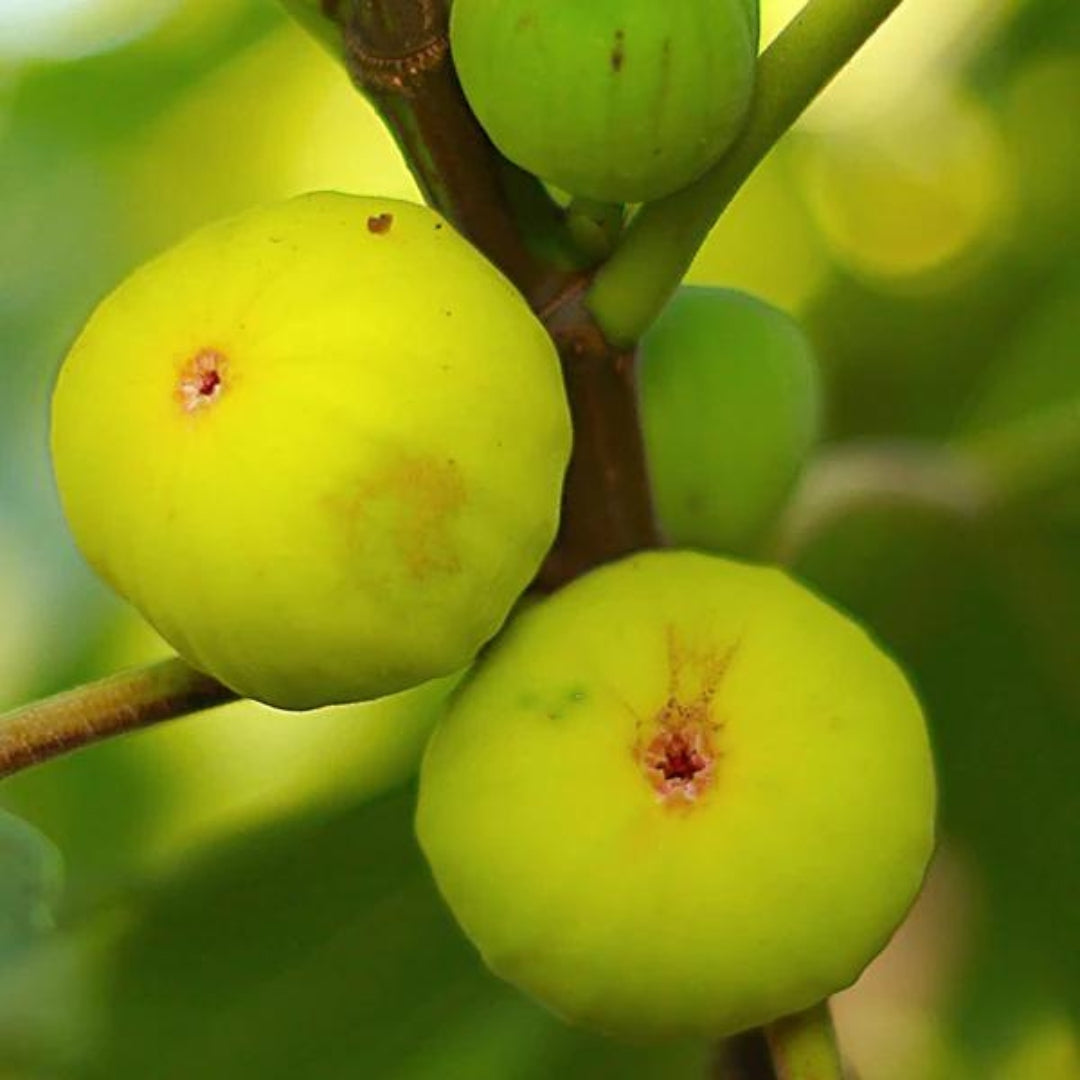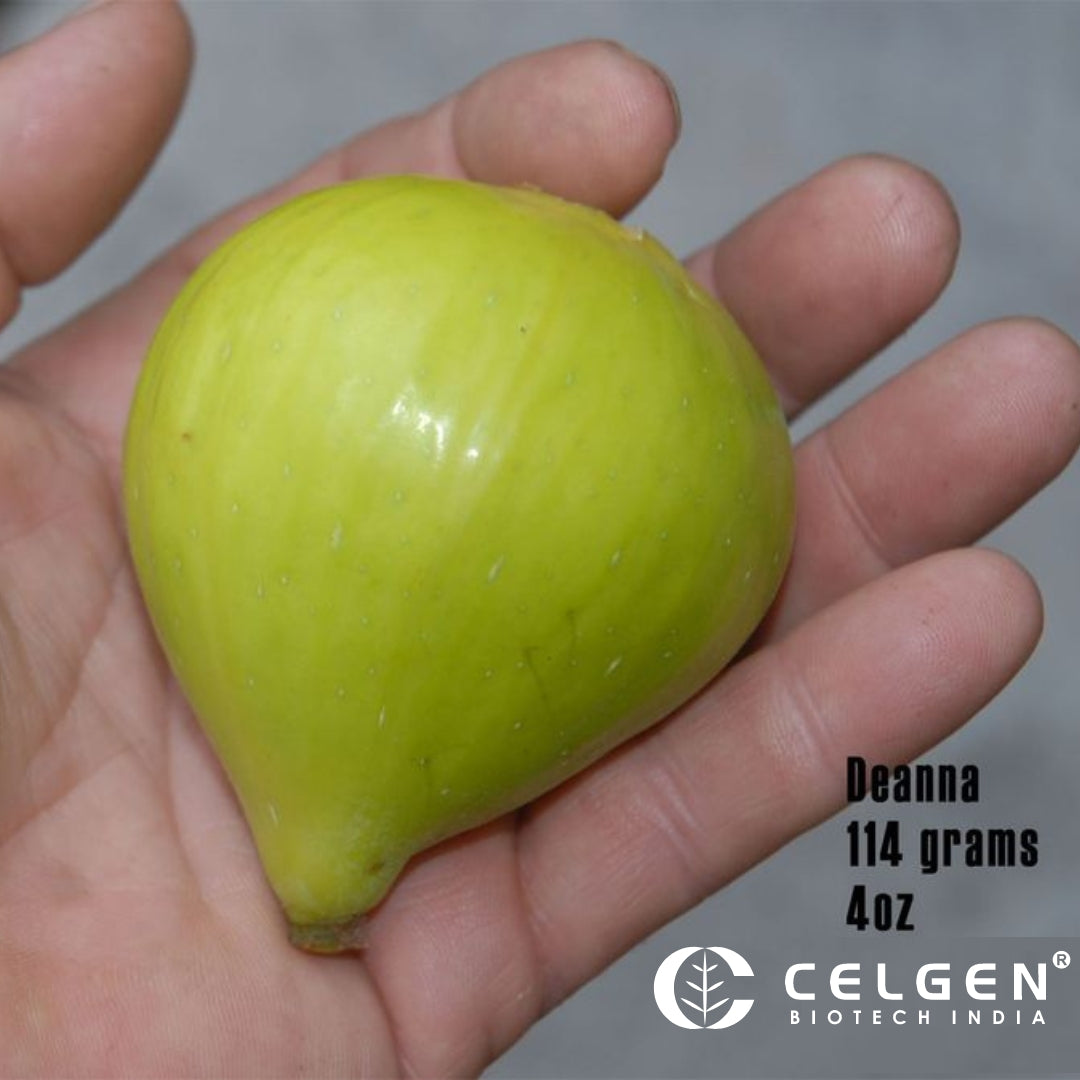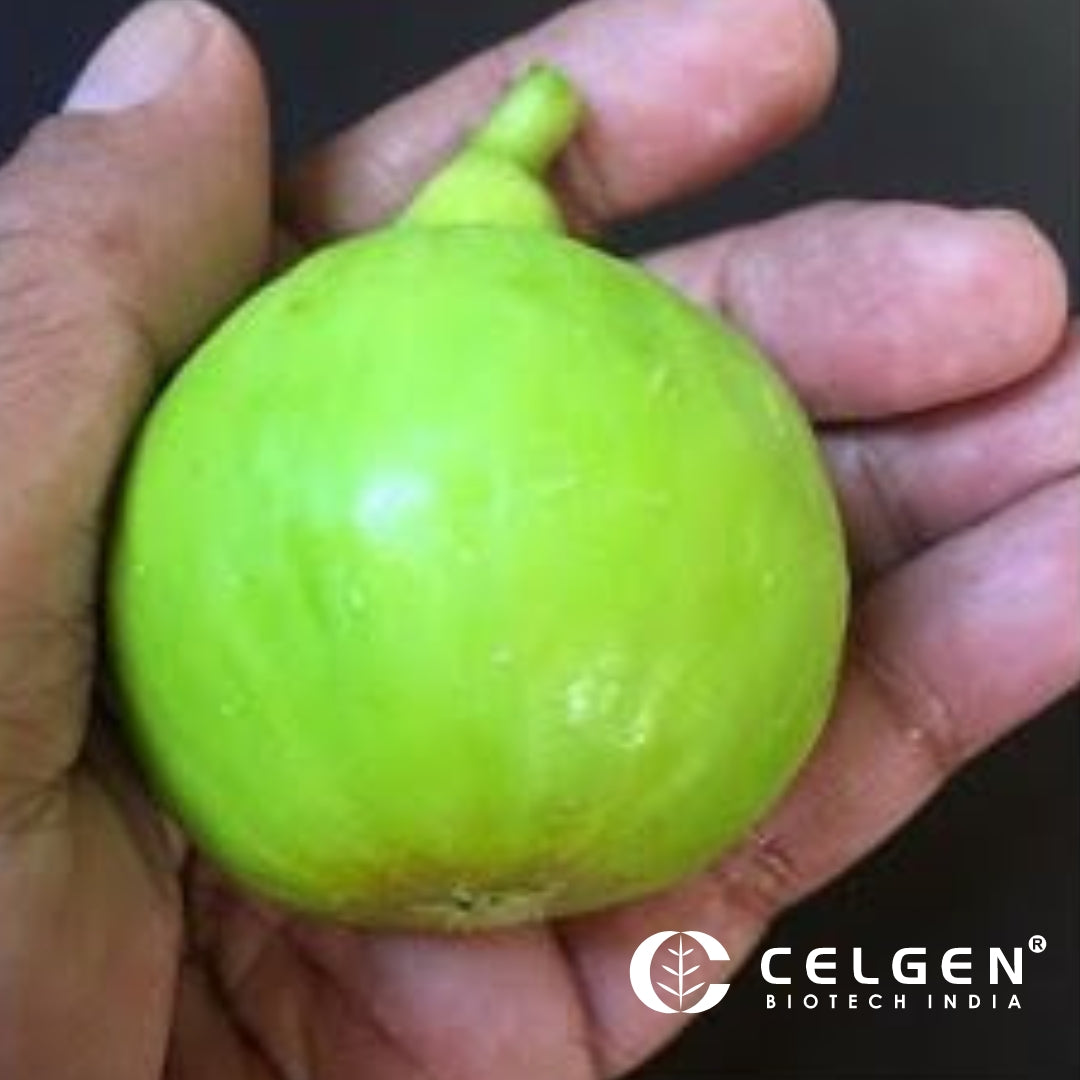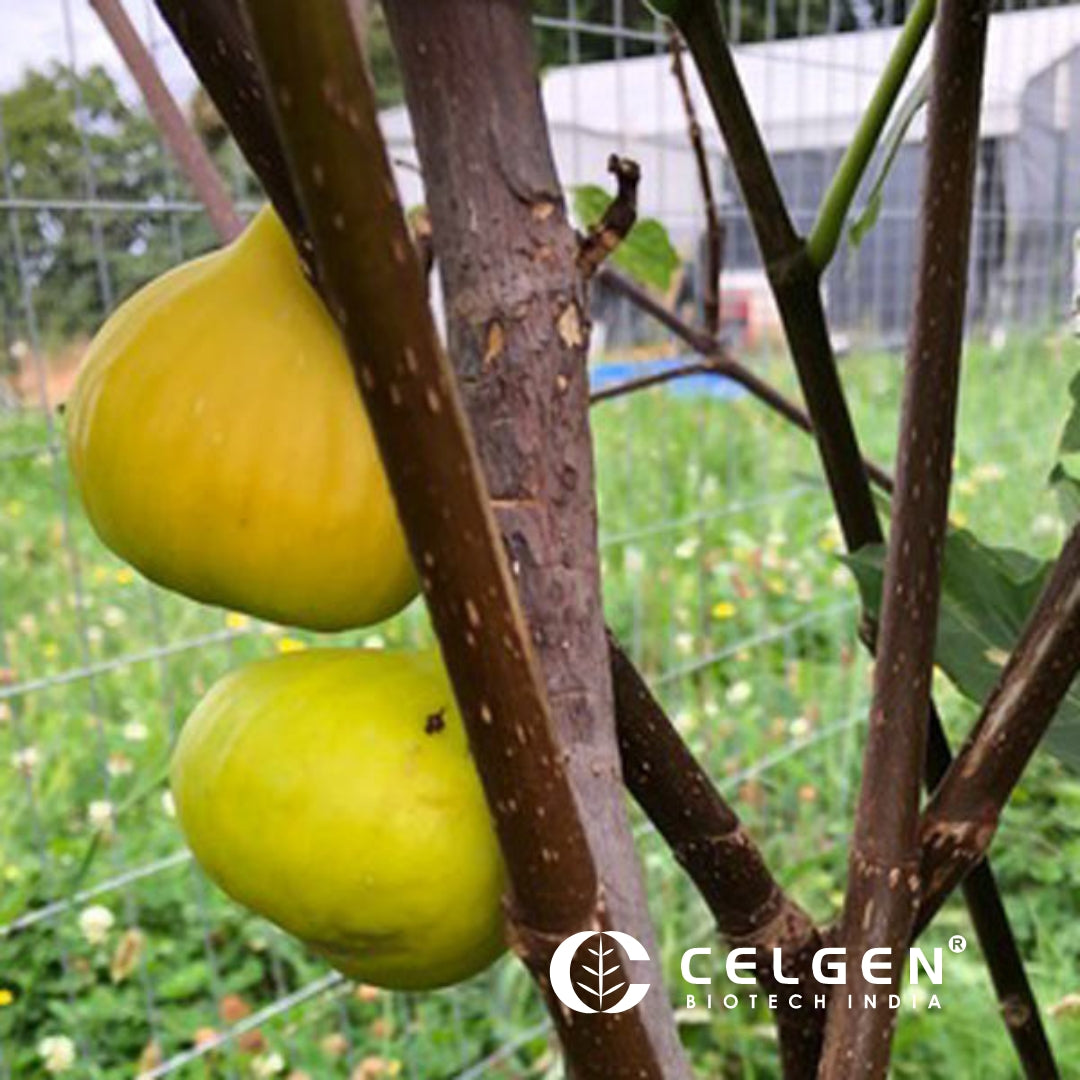My Store
Deanna Fig Tissue Culture Plant "Ficus carica"
Deanna Fig Tissue Culture Plant "Ficus carica"
Couldn't load pickup availability
Deanna fig
Deanna is an excellent choice for growers all over the country producing a very large bearing crop as well as a significant main crop. Deanna is a type of fig tree that produces large green figs that turn yellow or greenish-yellow when ripe. The flesh inside is a light red (sweet amber) color and is considered to be of high quality, with a sweet taste. The small eye on the fig helps to prevent spoilage.
This fig was created by Dr. Ira Condit at UC Davis, Riverside and was meant to replace the Calimyrna variety. Deanna is known for its large size, with figs weighing over 100 grams being common.
It also has good cold tolerance and was bred to be resistant to cracking and splitting.
One of the easiest fruits to grow, and a true gourmet delight, you should not live your life without feasting on this sweet, delectable fruit. To fully enjoy fresh figs, you must grow your own.
Site and Soil:
Figs do well in a variety of soils, but require at least 8 hours of sunlight during the growing season.
Pollination Requirements: Self-figful.
Hardiness: Hardy to at least 0°F, and reports of
it surviving below that
Bearing Age: 1-2 years after planting.
Size at Maturity: 10-20 ft in height, smaller with pruning.
Taste: Sweet
Fruit Skin: Yellow
Fruit Flesh: Amber
Bloom Time: Flowers are not noticeable as they
are inside the fig.
Ripening Time: Late August-September, sometimes into October
Yield: 10-15 lbs. or more per plant
Pests & Diseases: Figs are not bothered by pests
or diseases in our region. Cover plants with netting if birds are a problem.
Harvest
Once your fig tree is mature and producing, you should see a harvest of delicious Deanna figs from around July through early September each year. A single Deanna Fig tree can produce as much as 15 to 20 pounds of figs in a season, so be ready for quite the harvest!
To judge the ripeness of your figs, check the texture. The figs will remain firm until they ripen, at which point they will be soft. Once they soften, it’s time to harvest and enjoy them any way you like!
Container Planting
If you live in an area with heavy winters or have a small yard, consider planting your fig tree in a container. With proper pruning, it can grow up to 10 feet tall.
Be sure to bring it inside when the weather freezes and place it in a sunny warm spot. While your container tree probably won’t produce fruit, it will still provide ornamental value to your surroundings.
Self-Fruitful Trees Don't Need Cross-Pollination
Many types of fruiting trees can't set fruit unless they're cross-pollinated by another tree, which means you have to purchase at least two trees. But a fig tree is different '– it's "self-fruitful," which means that it can bear fruit without any pollinating help from a companion tree.
When fully ripe and at their most tender, shipping them long distances is virtually impossible. Another plus for Figs – deer don’t like them (most of the time)!
Share






Plant received in best condition! Hope we get fruits as well!!!
Very good paking, healthy plants with tagging,
Plant received in very good and healthy condition excellent packaging
Received plant on time and growing well






